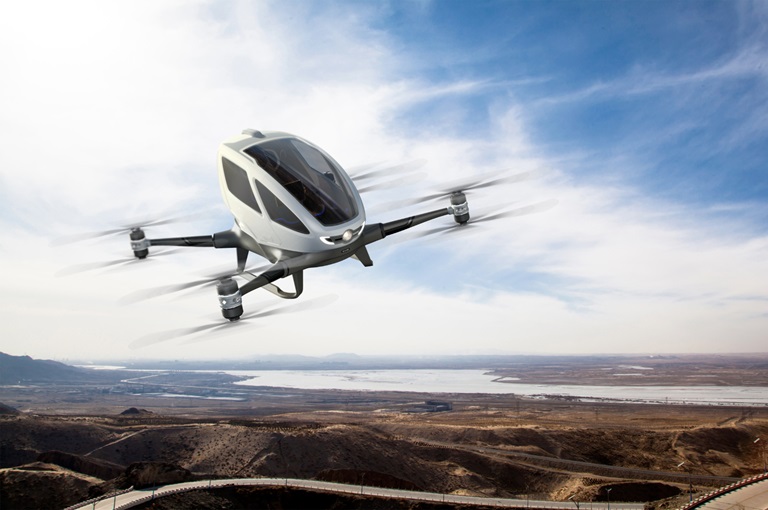NASA’s Drone Tests Prove Successful in Autonomous Flight Abilities.
NASA’s Langley Research Center in Virginia has conducted pioneering drone tests, marking a significant leap toward the era of autonomous flying taxis. The successful flights, conducted without a visual observer, showcase the immense potential of this groundbreaking technology, poised to revolutionize transportation and benefit the industry as a whole.

New Delhi: Researchers at NASA’s Langley Research Center in Virginia, United States, have achieved significant progress in addressing the growing global problem of traffic congestion through the development of air taxis. Recognizing the pressing need for innovative transportation solutions, NASA has been conducting extensive tests on autonomous flight capabilities for these futuristic airborne vehicles.
The successful implementation of autonomous flight tests for air taxis represents the culmination of years of research and dedication to enhancing automation and safety systems. By venturing beyond visual line-of-sight operations, where flight activities occur outside the direct realm of human observation and conventional airspace monitoring, NASA has made remarkable advancements in ensuring the viability and efficiency of self-flying technology. Key figures within NASA, such as Lou Glaab, the branch chief of the Aeronautics Systems Engineering Branch at NASA Langley, emphasize that this approach not only enhances safety but also proves to be a cost-effective means of testing evasion techniques and obstacle avoidance for air taxis capable of carrying multiple passengers.
In addition to experimentation with air taxi prototypes, NASA has also been leveraging helicopter-based platforms to validate and refine elements of automation technology. These surrogate aircraft have been instrumental in helping NASA mature the autonomy required for the seamless integration of self-flying air taxis into the skies. Building upon the success of previous tests, NASA’s team has executed a series of flights without the reliance on visual observers, utilizing the ALTA 8 unmanned aircraft system, commonly known as drones, procured for this purpose. By equipping smaller drones with advanced software, NASA has demonstrated enhanced capabilities in airspace communication, flight path management, and the avoidance of other aerial vehicles, even in busy and congested airspace. These achievements hold profound significance for the development of the Advanced Air Mobility (AAM) concept, which envisions a future where drones and air taxis operate harmoniously and routinely.
In an endeavor to promote collaboration and knowledge sharing, NASA aims to disseminate the technological breakthroughs resulting from this project to industry manufacturers. By making the software accessible during the design phase of their vehicles, these manufacturers can leverage NASA’s expertise and seamlessly integrate cutting-edge advancements into their own approaches. .
“The industry will benefit greatly from NASA’s ability to transfer these technologies,” said Jake Schaefer, the project’s flight operations chief.
Ultimately, with ongoing research and development efforts, NASA is actively shaping the future of transportation by paving the way for the widespread adoption of air taxis. The successful tests conducted at the Langley Research Center stand as a testament to NASA’s commitment to addressing traffic challenges through innovative solutions, ushering in a new era of Advanced Air Mobility for the benefit of society at large.







